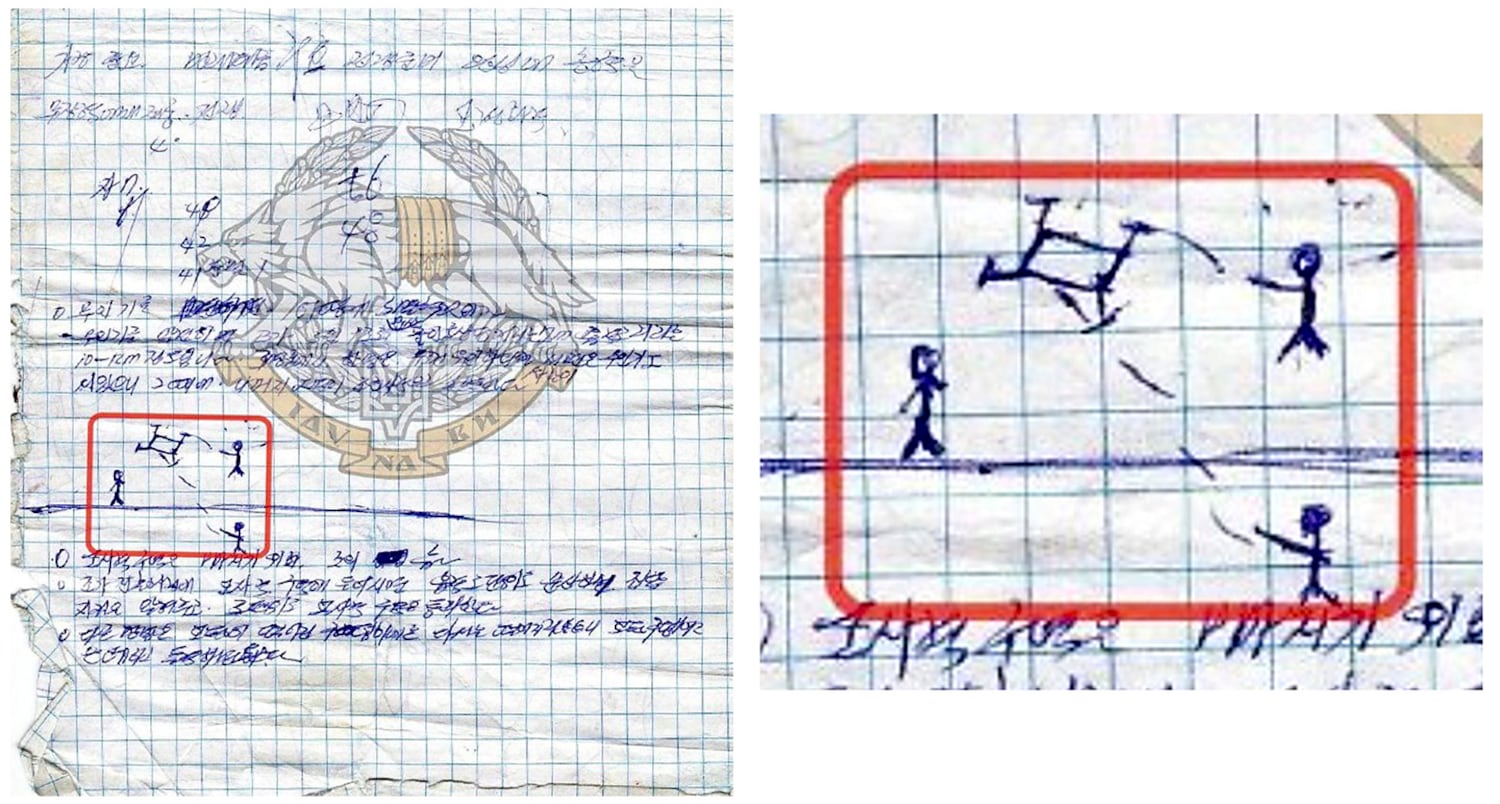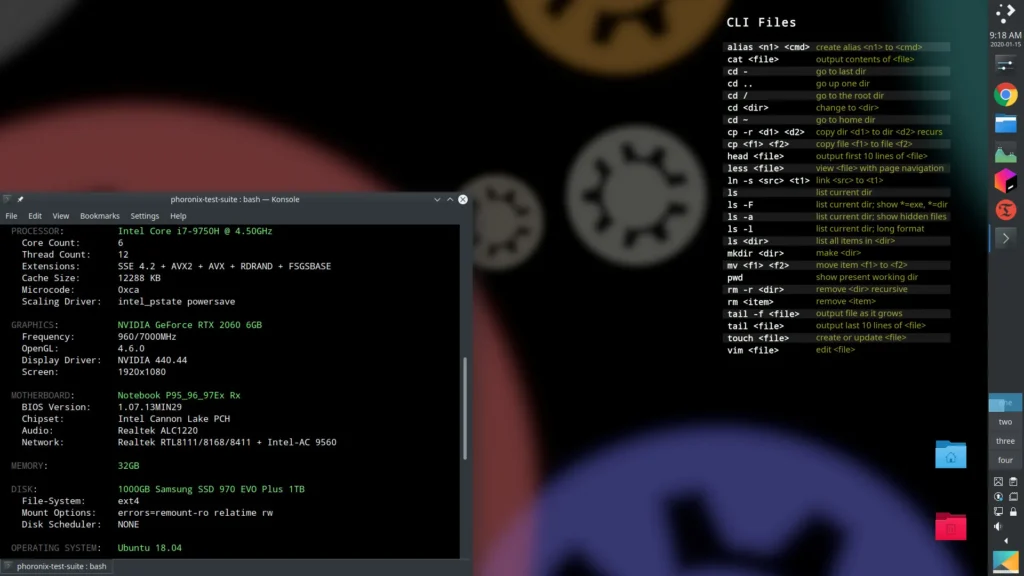
A North Korean soldier’s notebook described tactics for shooting down Ukrainian drones, including diagrams and details on how a three-person team should be used to lure and destroy the unmanned devices, the Ukrainian Special Forces said on Thursday on Telegram.
The notebook was found on a dead soldier named Jong Kyong Hong in Russia’s Kursk region, according to the Telegram post. Radio Free Asia was unable to independently verify the information.
About 50 North Korean soldiers were killed in Ukrainian drone attacks in Kursk last week, according to South Korea’s spy agency.
“North Korean troops are being ‘consumed’ for front-line assaults in an unfamiliar battlefield environment of open fields, and they lack the ability to respond to drone attacks,” said South Korea’s National Intelligence Service, as cited by lawmaker Lee Seong-kweun, who was briefed by the agency on Dec. 19.
The Ukrainian Special Forces posted a photograph of the notebook in its Telegram post. A diagram shows one person standing in front of the drone as the other two team members are positioned behind it, preparing to shoot.
“When a drone is spotted, form a team of three,” writing in the notebook said.
One person’s role is to lure in the drone from a forward position while maintaining a distance of about 7 meters (23 feet), the notes said. The other two should be ready to shoot the drone from a distance of 10 to 12 meters (32 to 40 feet), it said.
“When the person luring the drone stands still, the drone will also stop, making it possible for the two to aim and shoot it down,” the writing said.
‘Human bait’
The Ukrainian Special Forces deemed the method as “living human bait.” The special forces said that it was unclear whether the tactic was unique to the North Korean military or if it was something that the Russian military had taught to them.
Russian forces have complained that North Korean soldiers were a “burden” because of their “ignorance” of drone warfare, the South Korean spy agency said in its briefing last week.
Initial evidence from Ukraine has shown that North Korean soldiers are ill-prepared and lack the skills for modern warfare, said Federico Borsari, a resident fellow at the Washington-based Center for European Policy Analysis.
“They lacked counter-drone equipment, and with little cover they were easy targets for Ukrainian FPV operators,” he said, using the initials for “first-person view” –- a kind of drone that wirelessly transmits video feed.
“Many were killed while trying to hide among tall, dry grass crops and leafless tree lines,” he said. “Snow –- and Ukraine’s thermal sensors -– made them easily identifiable as most of those soldiers didn’t wear white camouflage.”
RELATED STORIES
Ukraine reveals handwritten letter of a fallen North Korean soldier in Kursk
More than 3,000 North Koreans killed, wounded in Russia’s Kursk: Zelenskyy
Russians see North Koreans as a ‘burden’ over ignorance of drones: South says
American, South Korean and Ukrainian authorities have said there are up to 12,000 North Korean soldiers in Russia, deployed there primarily to help Russia push Ukrainian forces out of positions they captured in Kursk in August.
Earlier this week, Ukraine reported that more than 3,000 North Korean soldiers had been killed or wounded in Kursk. South Korea has estimated that the number of casualties among North Korean troops is at least 1,100.
The Defence Intelligence of Ukraine, or DIU, noted on Dec. 17 that North Korean forces appeared to have taken additional measures to mitigate the threat of drone strikes.
“After serious losses, North Korean units began setting up additional observation posts to detect drones,” the DIU wrote in a post to its official Telegram channel.
On Thursday, DIU said on its website that North Korea has added at least five more observation posts to improve its drone reconnaissance.
It also said that Russian drone units have started providing tank and artillery support for North Korean troops during assaults. Recent footage had suggested that the North Koreans were sometimes receiving no assistance from Russian forces during combat.
Translated by Jay Park and Leejin Chung. Edited by Matt Reed and Malcolm Foster.
